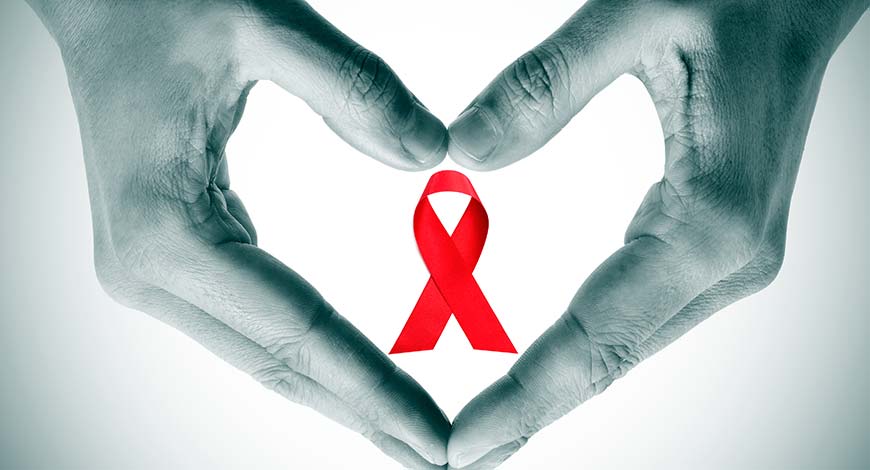While Indians face lesser risk of skin cancer compared to their western counterparts, it is crucial to take precautions to avoid getting the deadly cancer.

Dutch government recently announced the installation of sun cream dispensers throughout Netherlands during the summer season to curb the growing cases of skin cancer in the country. Applying sunscreen is one of the most important ways to reduce risk of skin cancer by preventing direct sun exposure apart from wearing clothes that covers your arms and legs or putting on a hat. Melanoma of skin is the 17th most common cancer worldwide. In India, the reported incidence of skin cancer is less than 1% of all the cancers. While Indians face lesser risk of skin cancer compared to their western counterparts, it is important to take necessary precautions to avoid getting the deadly cancer. (Also read: Why is Dutch govt aggressively promoting use of sun creams among citizens?)
Are Indians at high or low risk of skin cancer?
“Skin cancer comprises of less than 1% of all the cancers. Although the presence of eumelanin in dark skin is protective against the growth of skin cancer, it is progressively being identified in the Indian population. There are 2 types of UV radiation- UVA and UVB. UVA radiation pierce deep into the skin, impacting the living skin cells that lie under the skin’s surface. UVA may lead to long-term damage such as wrinkles, blotchiness, sagging and roughening, and also causes skin cancer. UVB radiation penetrates the top layer of skin and is thought to be the root cause of skin damage and skin cancer. Broad-spectrum sunscreen purifies both UVA and UVB radiation,” says Dr Sunny Jain, HOD and Sr. Consultant Oncology, Marengo Asia Hospitals Faridabad.
The right age to start applying sunscreen
“Yes, Indians have a risk of skin cancer, though it is lesser as compared to westerners due to our darker skin colour which is also a protection against harmful sun rays. However, we have many of our own problems like pigmentation, allergies, rashes, ageing etc. in addition to skin cancer. Thus, sunscreen is one of the biggest means of protection when it comes to skin problems and even skin cancer. It is better to apply sunscreen right from 15 years of age. Both men and women can apply it. One should apply sunscreen every 3 hours when outdoors, as suggested by the doctor,” says Dr Rinky Kapoor, Consultant Dermatologist, Cosmetic Dermatologist & Dermato-Surgeon, The Esthetic Clinics.
Should India install sunscreen dispensers à la Netherlands
“Sunscreen dispensers are durable and should be installed in all places. It is a good idea as it can help people to keep skin cancer, sunburn, and hyperpigmentation at bay. However, it is not practical in India due to the vast area and large population and other technical hassles. Instead, India should focus on creating awareness around the benefits of sunscreen use so that the masses are well aware and incorporate it into their daily use,” says Dr Kapoor.
How important is sunscreen for kids
“Every child requires sun protection. The American Academy of Dermatology (AAD) recommends that all kids — regardless of their skin tone — wear sunscreen with an SPF of 30 or higher. Although dark skin has more protective melanin and tans more easily than it burns,” says Dr Jain.
“Regardless of the risk factors like lighter natural skin colour, females/males with blond or red hair colour (naturally), certain type of moles, family history of skin cancer , older age (as the number of exposed years to sunlight/ UV rays are more), lowering your exposure to ultraviolet (UV) rays may help keep your skin healthy and minimize your chances of having skin cancer in the future,” says Dr Jain.
The right way to use sunscreen
Dr Jain says it is advised to apply sunscreen whenever your kids will be in the sun and for best outcomes, kids should apply it about 15 to 30 minutes before venturing out of the house.
– Also apply it on ears, hands, feet, shoulders, and behind the neck.
– Safeguard lips with an SPF 30 lip balm.
– You should apply sunscreen generously. As recommended by dermatologists, you should use 1 ounce (enough to fill a shot glass or plastic medicine cup) to cover the exposed areas of the body.
– Follow another trick to use the “teaspoon rule.” Apply 9 teaspoons of sunscreen for the whole body: 1 teaspoon for the face and neck, 1 teaspoon for the front of the torso and 1 for the back of the torso, 1 teaspoon for each arm, and 2 teaspoons for each leg.
– You may reapply sunscreen often, about every 2 hours. A child may also reapply after sweating or swimming.
What are the signs of skin cancer. How do we diagnose and treat
Dr Kapoor says any new spot on skin or a non-healing sore shouldn’t be ignored.
“The signs are a new spot on the skin, an itchy or painful spot, a non-healing sore that bleeds, bumps on the skin, and a wart-like growth that will need immediate attention. A skin biopsy can be done to confirm the diagnosis of skin cancer. Simple excision, Mohs micrographic surgery, curettage and electrodesiccation, and cryosurgery can be advised to the patient to tackle skin cancer,” concludes Dr Kapoor.














